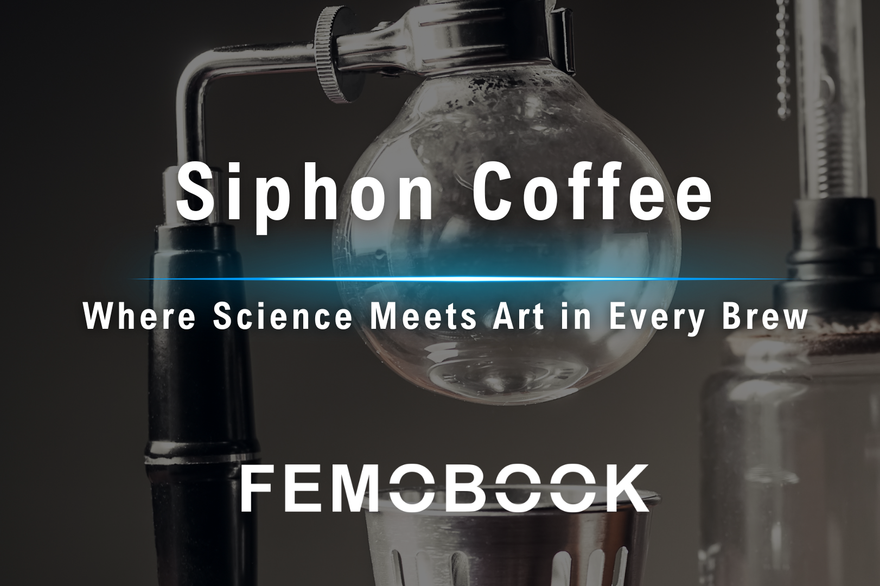
Roasting is the transformative stage where green coffee beans develop their aroma, flavor, and character. Based on roast level, coffee is generally categorized as light, medium, or dark—each with its own unique profile. This article focuses on light roast coffee: its flavor characteristics, recommended brewing methods, and answers to common questions.
How Coffee Roasting Works
Roasting is the process that transforms dense, green coffee beans into aromatic, flavorful roasted coffee. It typically lasts around 10 minutes, though in practice it may range anywhere from 8 to 15 minutes, depending on factors such as roast level, equipment, and the beans themselves. Conducted at temperatures between 180°C and 230°C (356°F–446°F), roasting involves three key stages: drying, yellowing, and flavor development. The point at which heat is stopped determines the final roast profile—whether light, medium, or dark—each offering distinct taste characteristics and aroma.
What Is Light Roast Coffee?
Light roast coffee is known for its vibrant acidity, floral notes, and fruit-forward flavors—but what exactly defines it?
Light roast coffee beans are removed from heat early—typically between the beginning and middle of the first crack, a phase when internal pressure builds up and causes the beans to release steam and gases, resulting in a popcorn-like popping sound. This gives them the shortest exposure to heat compared to medium and dark roasts.
Because of the shorter roast time, light roasts are pale brown in color, with minimal surface oil and lower moisture loss. Their cellular structure remains more intact, helping preserve the bean's origin characteristics. Expect delicate floral aromatics, juicy fruit acidity, and less bitterness. Under the same brewing conditions, light roast coffee also tends to extract more slowly than darker roasts.
【Related: The Ultimate Guide to Coffee Roasting: Stages and Flavor Impact】
Light Roast Coffee and the Agtron Scale
To evaluate coffee roast levels more scientifically, the Specialty Coffee Association (SCA) uses a color measurement system developed by Agtron, Inc. The Agtron scale measures the color of roasted coffee beans to determine how light or dark the roast is—the higher the Agtron number, the lighter the roast.
While most home brewers and everyday coffee drinkers may not rely on Agtron readings, the values are often referenced by professional roasters and found on some specialty coffee packaging as a guide to roast level.
Agtron Scale for Light Roast Coffee
Light roast coffee can vary in appearance and flavor intensity depending on how early the roast is stopped. Below is a breakdown of three common Agtron ranges used to describe different levels within the light roast category:
| Roast Level | Agtron Number |
|---|---|
| Light Roast (Extra Light / Cinnamon) | 91 – 100 |
| Light Roast (Lighter Range) | 81 – 90 |
| Light Roast (Standard Range) | 76 – 80 |
Brewing Methods Best Suited for Light Roast Coffee
Because light roast coffee beans retain more of their internal structure, they often require more time and energy to unlock their nuanced flavors. To improve extraction, many brewers use higher temperatures—typically between 93°C and 96°C (199°F–205°F)—along with a finer grind size.
There’s no single “correct” way to brew light roast coffee. Your approach should be adjusted based on the specific characteristics of the beans and your personal taste preferences. The goal is always to bring out the coffee’s best attributes.
Here are a few brewing methods particularly well-suited to showcasing the clarity and complexity of light roasts.
【Related: The Ultimate Guide to Water Temperature for Brewing Coffee】
Pour-Over
Pour-over brewing allows for precise control over water temperature, flow rate, pouring technique, and timing—all of which are critical when brewing light roast coffee. This level of control helps prevent under-extraction, a possible issue with dense, light-roasted beans. For example, using a pulse or staged pouring technique helps promote more even saturation, leading to more consistent extraction.
Pour-over is also a gentle brewing method that highlights the delicate qualities of light roasts, such as fruit-forward acidity, floral notes, and overall complexity.
Including a pre-wetting phase, known as blooming, is highly recommended. Blooming involves saturating the coffee grounds before the main pour to release trapped carbon dioxide, which can otherwise disrupt flavor clarity and water flow.
Siphon Brewer
The siphon brewer uses stable high temperatures and gentle vacuum pressure to extract the delicate floral and fruity notes of light roast coffee. This method helps preserve and showcase the bean’s original character.
French Press
The French press brews coffee without a paper filter, allowing more oils and fine particles to pass through into the final cup. This produces a rich, full-bodied brew with a round, satisfying mouthfeel—perfect for coffee drinkers who enjoy a bold and robust flavor.
AeroPress
The AeroPress combines immersion and pressure-based extraction, allowing for flexible flavor expression. When paired with an appropriate recipe, it can highlight the acidity and sweetness of light roast coffee, bringing out a vibrant and lively character.
FAQ about Light Roast Coffee
Does light roast coffee upset the stomach?
Light roast coffee tends to have a brighter acidity, which may cause stomach discomfort for some people if consumed on an empty stomach. To avoid this, it's best to have it with food—or try a gentler option like a cold brew made from light roast beans.
Is light roast coffee more expensive?
The price of coffee mainly depends on the quality of the beans and the roasting technique. Light roast coffee is often associated with higher-quality beans because it preserves more of the coffee's original flavor—making both its strengths and flaws more noticeable. In addition, light roasting requires greater precision and control, which can make the process more demanding. As a result, light roast coffee may sometimes be priced higher, though not always.
**Roast level itself does not indicate bean quality. Different roast levels are better suited to different beans, brewing methods, and personal taste preferences.
Why Fresh Grinding Matters for Coffee

To truly experience the full character of light roast coffee, it’s essential not only to understand the right brewing methods, but also to grind your beans fresh. Freshly ground coffee minimizes exposure to air and moisture, helping to preserve the beans’ distinctive flavors and aromas.
The Femobook electric grinder is designed with commercial-grade precision, yet remains compact and easy to use. Its magnetic modular structure makes it easy to disassemble for cleaning, with no need to recalibrate the burr after reassembly. With over 300 grind settings and just 0.008 mm per click, the Femobook A68 offers exceptionally fine control for dialing in your brew—perfect for anyone who enjoys experimenting with flavor.
Additionally, Femobook shortens the grind path and minimizes grind retention inside the chamber, so every cup you brew benefits from the freshest possible grounds.







